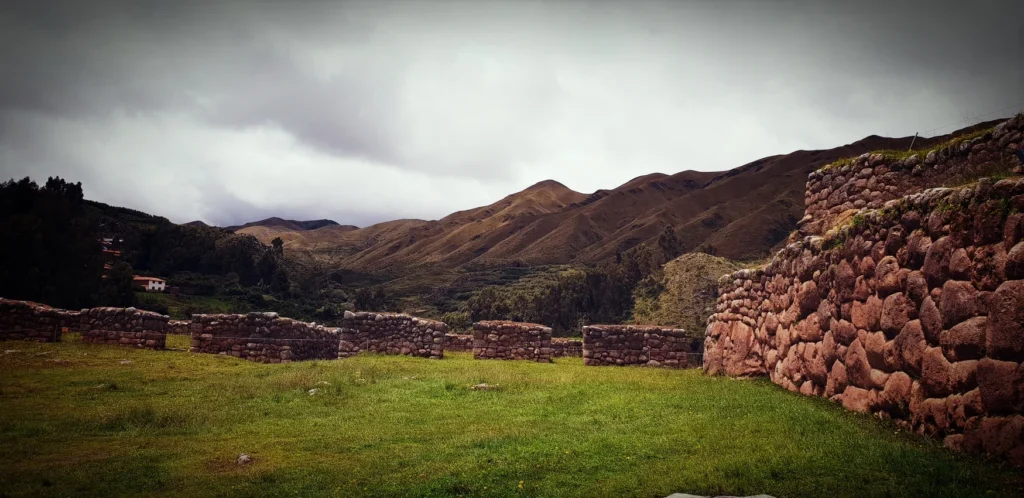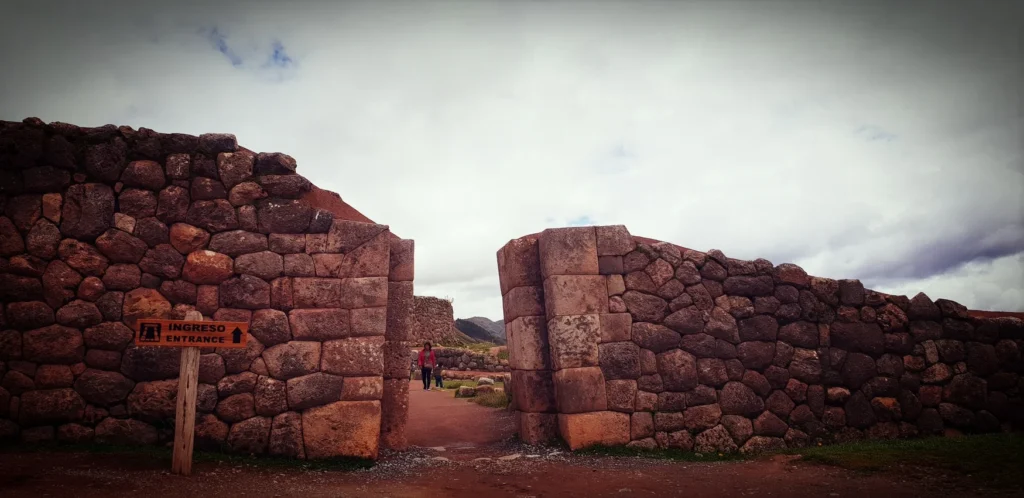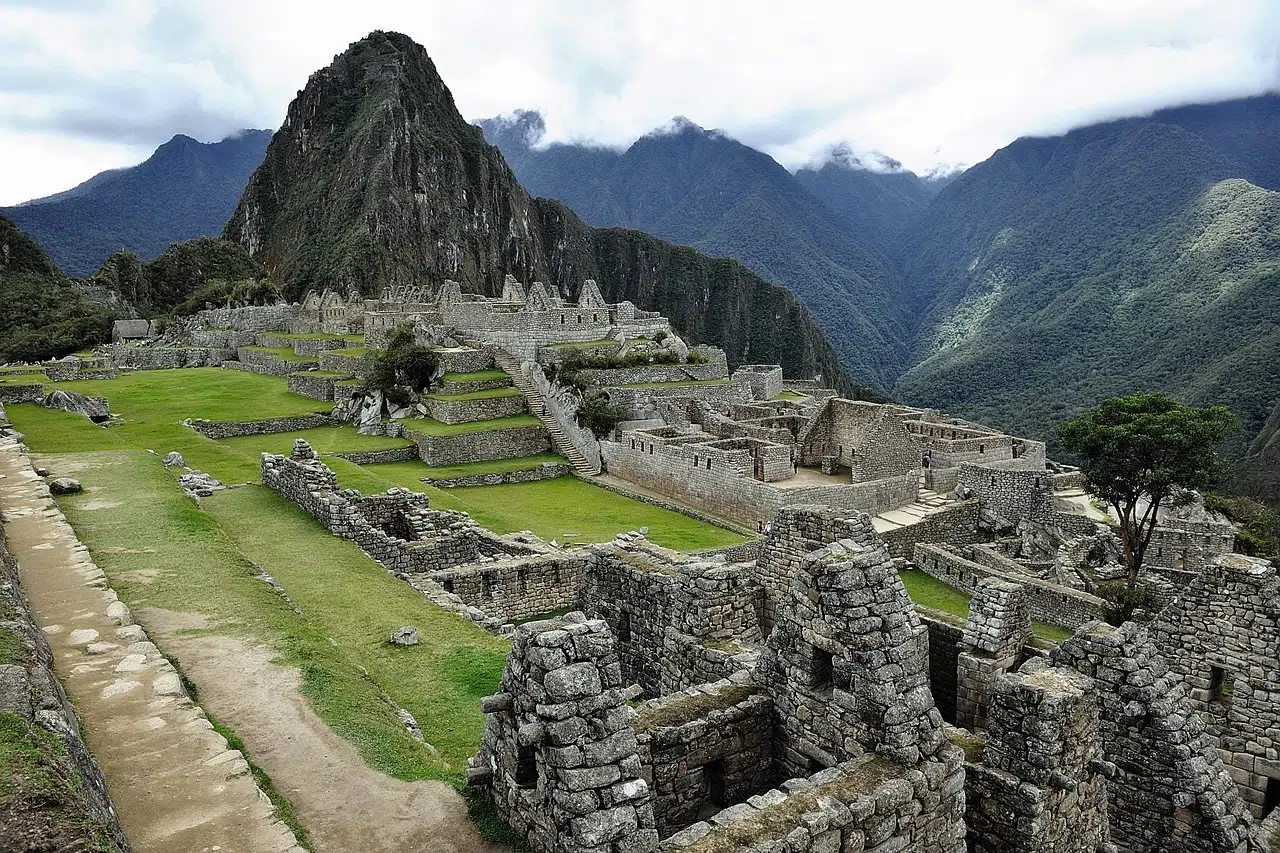The Hidden Fortress of the Incas – Puka Pukara
Puka Pukara Cusco is one of the lesser-known yet fascinating Inca sites located near Cusco. Often referred to as the “Red Fortress” because of the distinctive hue of its stones at sunset, Puka Pukara offers a glimpse into the Inca Empire’s military prowess and defense strategy. In this guide, we’ll explore the history, significance, and how to visit Puka Pukara, along with tips for making the most of your visit to this strategically important Inca site.
Table of Contents
1. What is Puka Pukara?
Puka Pukara, meaning “Red Fortress” in Quechua, is an Inca archaeological site located around 7 kilometers (4.3 miles) from Cusco. Its name comes from the reddish color of the stones used in its construction, which are especially noticeable during sunset.
The site description includes a collection of large terraces, plazas, stairways, and stone walls that indicate its role as a military outpost and administrative center. Puka Pukara was likely used to control access to Cusco and to safeguard nearby important sites like Tambomachay.
2. The History and Significance of Puka Pukara
The history of Puka Pukara dates back to the height of the Inca Empire, around the 15th century. As an important part of the empire’s defense system, Puka Pukara served as a strategic military post that controlled the movement of people and goods along the Inca road network. It also provided lodging for travelers and protection for nearby religious and ceremonial sites.
The significance of Puka Pukara lies in its fortress-like design, which helped the Incas safeguard Cusco from potential threats. Its elevated location allowed guards to keep an eye on the surrounding valleys and trails, ensuring the safety of the empire’s heart.
3. How to Visit Puka Pukara
Visiting Puka Pukara is a straightforward trip from Cusco, and there are multiple ways to get there:
- By Bus: Take a bus from Cusco to Tambomachay, which is a short walk from Puka Pukara. The journey takes about 30 minutes, and buses leave frequently from Calle Puputi.
- By Taxi: For more convenience, a taxi from Cusco costs around 20 to 30 soles ($5-$8 USD) and takes about 20 minutes.
- On Foot: If you enjoy hiking, you can trek to Puka Pukara from Cusco, passing other archaeological sites along the way, such as Qenqo and Sacsayhuamán. The walk takes about 2 to 3 hours, and the views are stunning.
Alternatively, many companies offer guided tours from Cusco, often combining Puka Pukara with Tambomachay and other nearby ruins.
4. Puka Pukara and Tambomachay: A Dual Experience
Located just a short distance apart, Puka Pukara and Tambomachay are often visited together due to their proximity and complementary roles in the Inca defense system. While Tambomachay served as a water temple and ceremonial site, Puka Pukara was the military outpost tasked with guarding Tambomachay and protecting its sacred water sources.
- Distance: The two sites are about 1 kilometer apart, easily accessible on foot within 10-15 minutes.
- Combined Tours: Many tours from Cusco include visits to both Tambomachay and Puka Pukara, providing a more complete picture of how the Incas combined spirituality and defense.

5. What Was Puka Pukara Used For?
The main function of Puka Pukara was military. It served as a fortress and a checkpoint, controlling the flow of people and goods into Cusco, the capital of the Inca Empire. Its strategic location at the top of a hill provided the perfect vantage point for monitoring the surrounding valleys and pathways.
Puka Pukara also functioned as a lodge for important travelers, including Inca royalty and military leaders. It provided a resting place where they could stop while traveling to Cusco or nearby religious sites, such as Tambomachay.
6. Puka Pukara Entrance Fee and Cusco Tourist Ticket
Entrance to Puka Pukara is included in the Cusco Tourist Ticket, which covers several key archaeological sites in and around Cusco. Here’s a quick breakdown:
- Full Cusco Tourist Ticket: Costs around 130 soles ($35 USD) and includes access to Puka Pukara, Sacsayhuamán, Qenqo, Tambomachay, and other sites.
- Partial Ticket: If you only plan to visit a few sites, you can purchase a partial ticket for 70 soles ($18 USD), which covers Puka Pukara, Tambomachay, and nearby ruins.
- Validity: The full tourist ticket is valid for 10 days, while the partial ticket is valid for 1 day.
If you’re planning to visit multiple ruins, the tourist ticket is a great option to save money and ensure seamless entry.
7. How Far is Puka Pukara from Cusco?
Puka Pukara is located about 7 kilometers (4.3 miles) from Cusco, making it a quick and easy destination to visit on a half-day trip from the city. The site’s proximity to Tambomachay and other nearby ruins like Qenqo and Sacsayhuamán makes it a convenient stop on any Cusco Inca ruin tour.
The short distance means you can visit Puka Pukara even if you have limited time in Cusco, and it’s an ideal location for those looking to explore multiple archaeological sites in one day.
8. Best Time to Visit Puka Pukara
The best time to visit Puka Pukara is during the dry season from May to September, when the weather is most favorable for outdoor exploration. During this time, you can expect:
- Clear skies and sunny days, perfect for walking around the site.
- Comfortable temperatures that make hiking and exploring more enjoyable.
If you visit during the rainy season (November to March), expect muddy trails and occasional rain showers, which may make navigating the area more difficult.
For the best experience, try to visit early in the morning or late in the afternoon to avoid the crowds and catch the sunset, when the stones of Puka Pukara take on their characteristic red hue.
9. Puka Pukara and Sacsayhuamán: Two Defenders of the Inca Capital
While Puka Pukara served as a smaller military outpost, Sacsayhuamán was the primary fortress defending the Inca capital of Cusco. Together, these two sites played a critical role in the Inca defense system, with Puka Pukara functioning as an early warning post for invaders approaching Cusco.
- Sacsayhuamán: Known for its massive stones and strategic importance, Sacsayhuamán is located much closer to Cusco and was the center of the Inca military.
- Puka Pukara: Acting as a lookout point, Puka Pukara helped protect the routes leading to Cusco and nearby sacred sites, including Tambomachay.
Visiting both Puka Pukara and Sacsayhuamán offers a deeper understanding of the Inca Empire’s military strategies and how they used these fortresses to protect their capital.
10. Fascinating Facts About Puka Pukara
- Strategic Location: Puka Pukara was built at an altitude of 3,700 meters (12,140 feet), making it a prime lookout point.
- Why Red?: The name “Puka Pukara” comes from the reddish color of the stones at sunset.
- Multi-Use Site: It served as a fortress, checkpoint, and lodge for travelers.
- Mysterious Design: The exact purpose of some of the structures at Puka Pukara remains unknown to archaeologists.
Conclusion: Why You Shouldn’t Miss Puka Pukara Cusco
Puka Pukara Cusco is a must-visit for anyone interested in exploring the Inca Empire’s military history and understanding how the Incas protected their sacred capital. Its proximity to Tambomachay, its fascinating history, and its panoramic views make it an essential stop on any Cusco tour. Whether you’re interested in Inca architecture, military strategy, or simply want to enjoy stunning views of the Andes, Puka Pukara is a site that offers it all.



